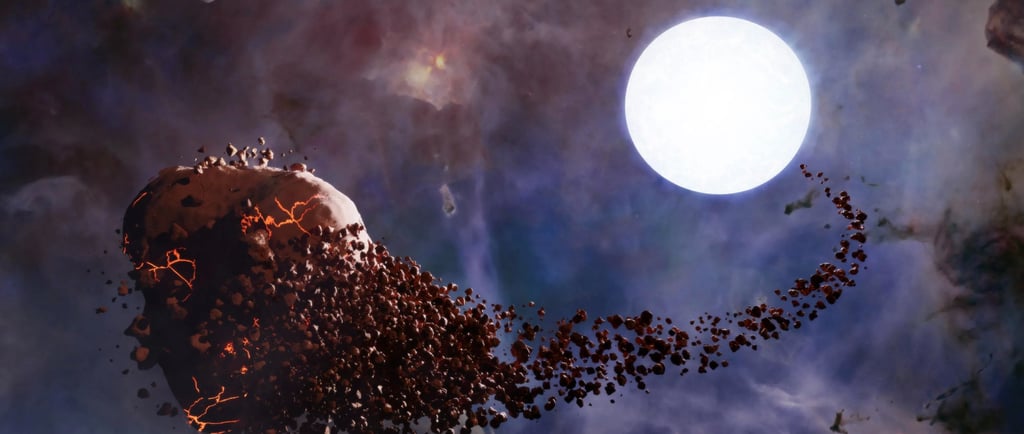Insights to the Demise of a Planet by a White Dwarf


Understanding the Helix Nebula
The Helix Nebula, known as NGC 7293, is one of the closest planetary nebulae to Earth, located approximately 650 light-years away in the constellation Aquarius. This celestial entity is not merely a beautiful sight for astronomers but is also a pivotal subject of scientific inquiry. For over 40 years, astronomers have been detecting an intriguing X-ray signal emanating from the Helix Nebula, prompting extensive research into its origins and implications regarding the life cycle of stars.
Planetary Nebulae and White Dwarfs
A planetary nebula forms when a star, like our sun, exhausts its nuclear fuel during its later stages of evolution. The outer layers of the star are ejected, leaving behind a hot core, which eventually becomes a white dwarf. The significance of this transition is profound, as white dwarfs represent the final evolutionary stage for many stars. As they cool and fade over billions of years, they play a crucial role in the enrichment of the interstellar medium, affecting the formation of new stars and planets.
The Potential Destruction of a Planet
Recently, exciting developments in the study of the Helix Nebula suggest that a planet may have succumbed to the influence of the white dwarf at its center. This theory arises from the long-standing X-ray emissions observed in the nebula, which researchers believe could be evidence of a planet being torn apart or significantly altered by the gravitational forces and radiation from the white dwarf. As detailed in our latest press release, this hypothesis provides a compelling explanation for the peculiar X-ray signals.
The interaction between the white dwarf and surrounding celestial bodies can create an array of phenomena, potentially leading to the obliteration of nearby planets. This insight into the destructive capabilities of white dwarfs not only enhances our understanding of the Helix Nebula but also illustrates the broader dynamics at play in stellar systems.
In conclusion, the study of the Helix Nebula continues to reveal profound truths about the cosmos. The possible destruction of a planet by the white dwarf at its center serves as a reminder of the powerful and often violent processes that shape our universe. As astronomers delve deeper into these X-ray signals, we inch closer to comprehending the mysteries that lie within this remarkable nebula.
